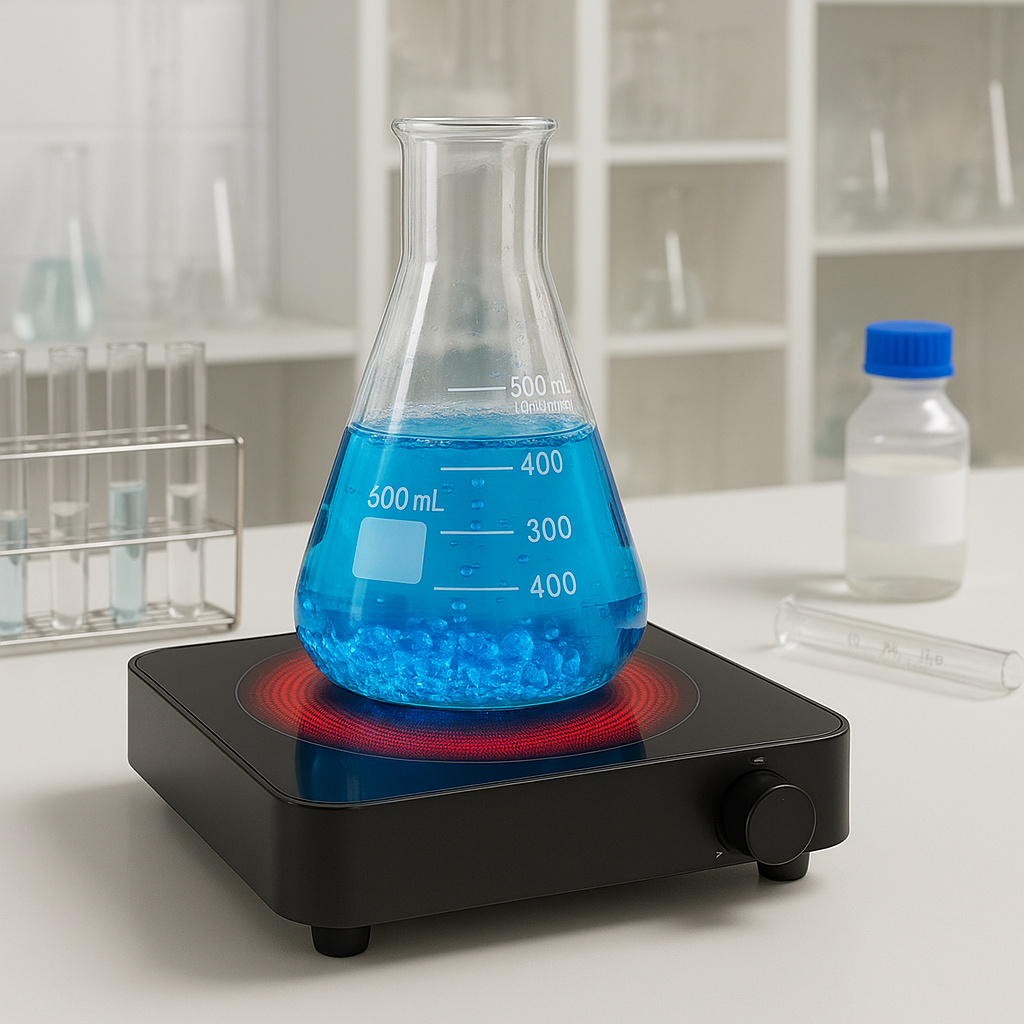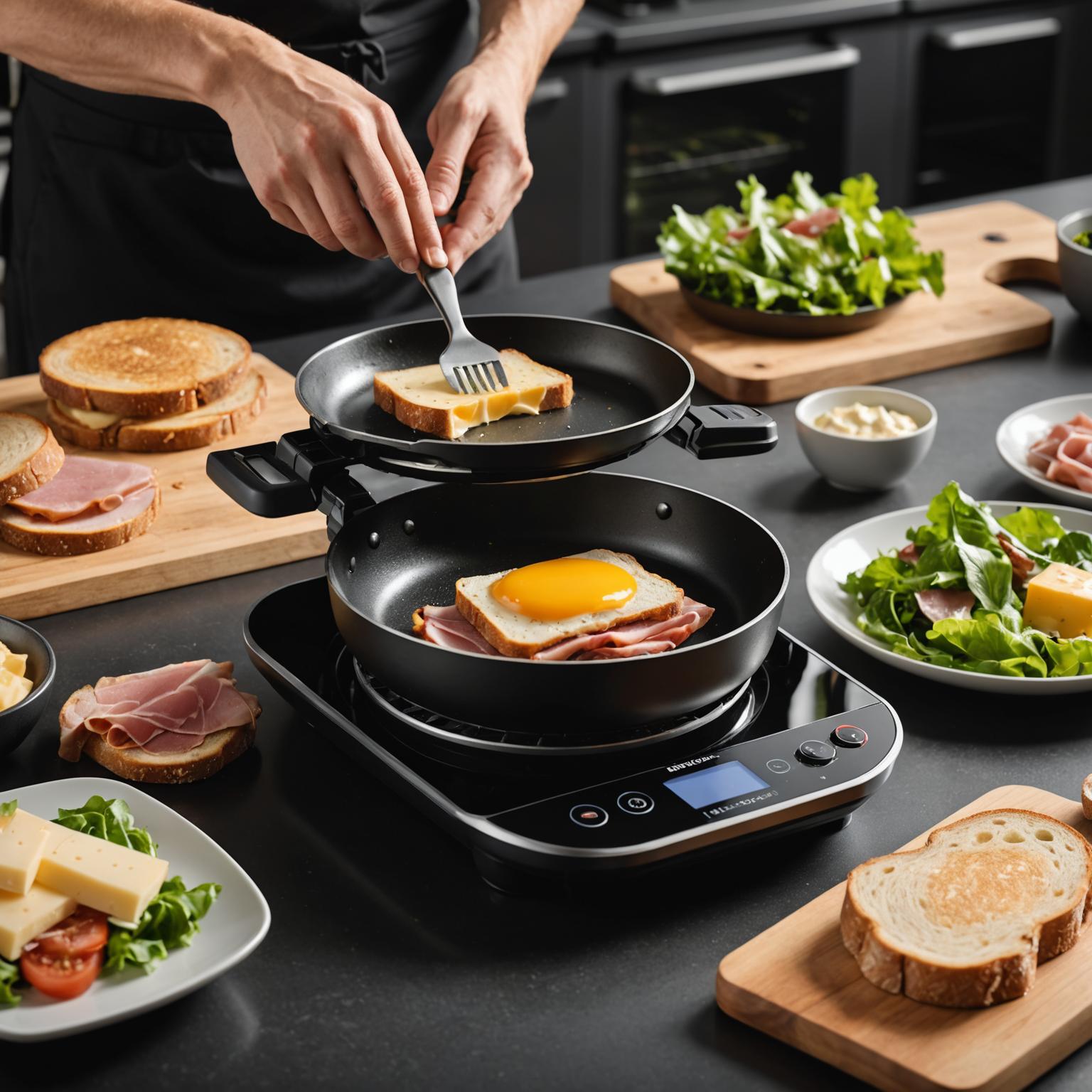The Cornerstone of Laboratory Precision
In the world of scientific research and discovery, precision is paramount. Every variable must be carefully controlled to ensure reliable and repeatable results. Among the essential tools found in any modern laboratory, the humble yet indispensable hot plate for lab use stands out. This fundamental piece of laboratory heating equipment has evolved far beyond a simple heating element. Today's models combine sophisticated technology with user-centric design, providing scientists, chemists, and innovators with the accuracy and consistency required for groundbreaking work. They are the silent partners in countless experiments, from simple solution warming to complex synthesis reactions.
Precision and Control in Modern Heating
At the core of any high-quality laboratory hot plate is its ability to deliver precise and uniform heat. Modern devices often feature a durable ceramic heating platform, a material chosen for its excellent thermal conductivity and resistance to chemical spills. This design ensures that heat is distributed evenly across the entire surface, eliminating dangerous hotspots that can compromise an experiment or even shatter glassware. This uniform performance is critical when heating reactive solutions or carrying out delicate titrations. Complementing the advanced surface is an intuitive control system. A responsive rotary control knob, for example, allows researchers to dial in the exact temperature required, making fine adjustments on the fly to meticulously manage reaction kinetics.
Designed for Diverse Laboratory Applications
A truly effective hot plate must be versatile enough to handle a wide range of tasks and materials. The compact and sleek design of many contemporary models makes them a form of portable hot plate, easily moved within the lab to accommodate changing workflows or shared among workstations. Their compatibility extends to a variety of laboratory glassware, from beakers and flasks to petri dishes. The visual of a 500mL Erlenmeyer flask, containing a vibrant solution, heating steadily is a common sight. This flexibility allows a single device to be used for dissolving solutes, performing distillations, culturing microorganisms, or exploring new chemical formulations, making it a workhorse in biology, chemistry, and materials science labs alike.
A Focus on Safety and Workspace Optimization
Beyond performance, safety is a non-negotiable aspect of any laboratory heating equipment. Manufacturers integrate key safety features to protect both the user and the experiment. An anti-slip base prevents the unit from accidentally moving during operation, a crucial feature when working with volatile or hazardous substances. Many modern units also operate with minimal noise, contributing to a calmer, more focused workspace where concentration is key. The minimalist aesthetic is not just for show; the glossy, seamless surfaces are easy to wipe down and decontaminate, reinforcing good laboratory practices and ensuring the longevity of the equipment. This combination of safety and efficiency makes the advanced laboratory hot plate an invaluable asset.
The Rise of Induction Hot Plates for Labs
As technology continues to advance, a new player has emerged in the field: the induction hot plate for labs. While traditional models use resistive heating elements, induction technology works by creating a magnetic field that directly heats the metallic, ferrous-based vessel placed upon it. This method offers several distinct advantages, including incredibly rapid heating times and superior energy efficiency, as very little heat is lost to the surrounding environment. Furthermore, the surface of an induction unit remains much cooler to the touch, significantly reducing the risk of burns. While they require specific types of magnetic vessels, their speed and enhanced safety profile are making the induction hot plate for labs an increasingly popular choice for high-throughput and safety-conscious environments.






